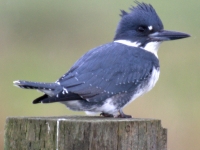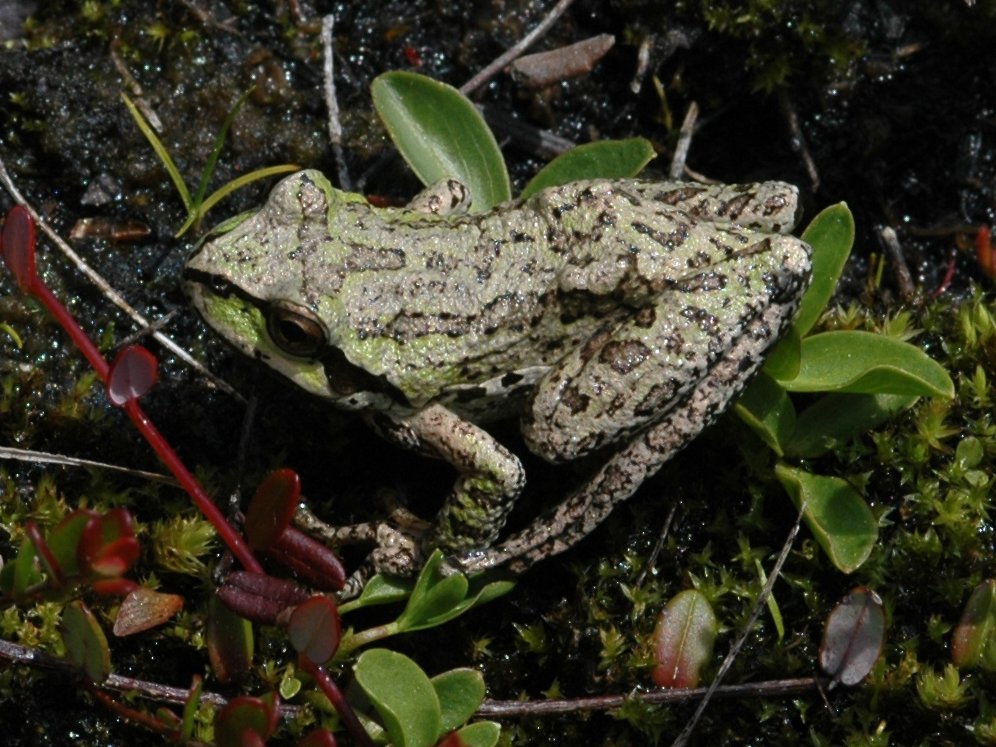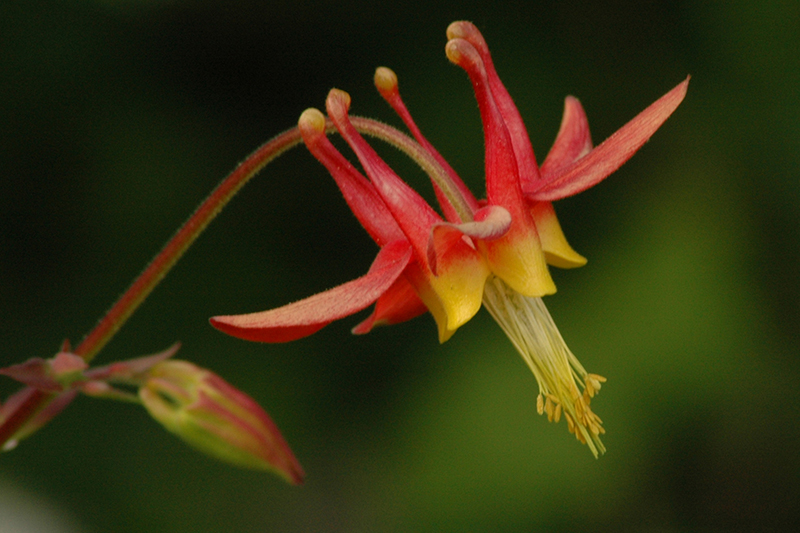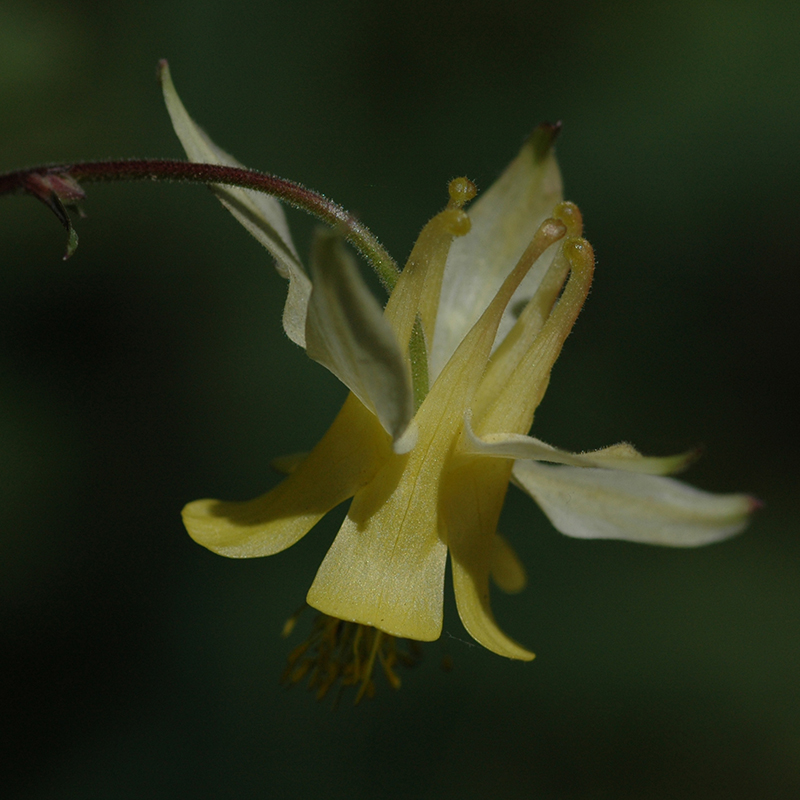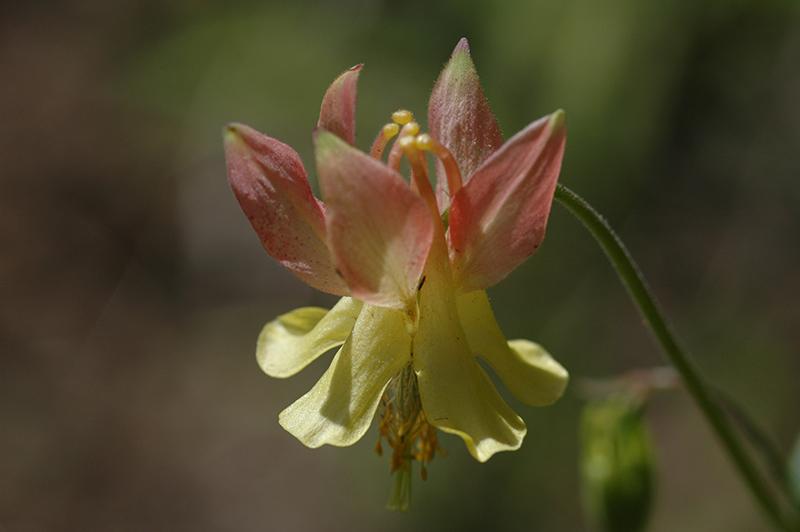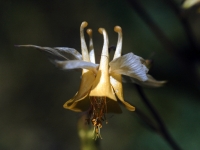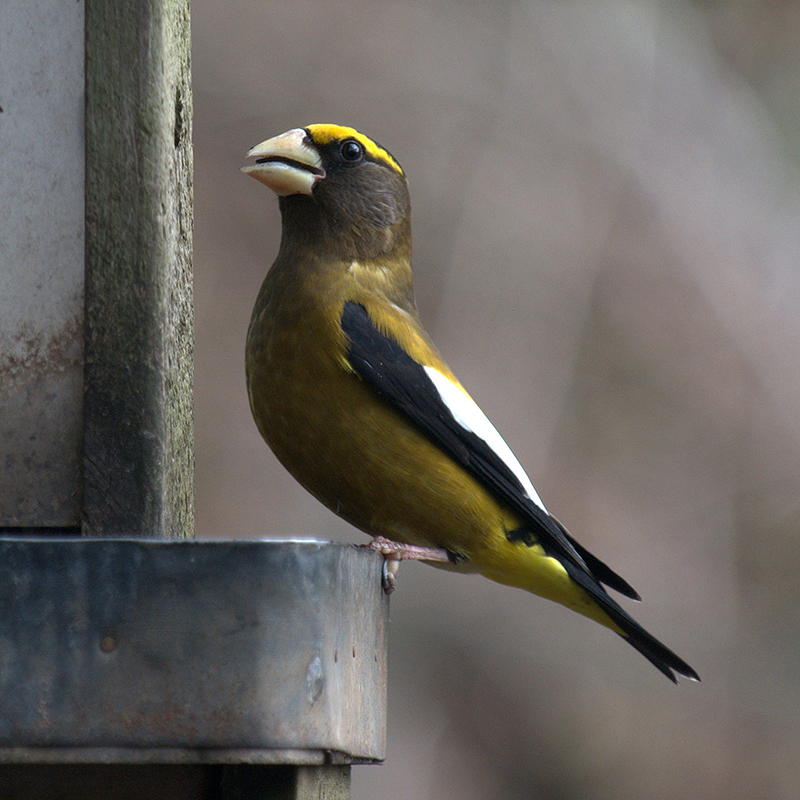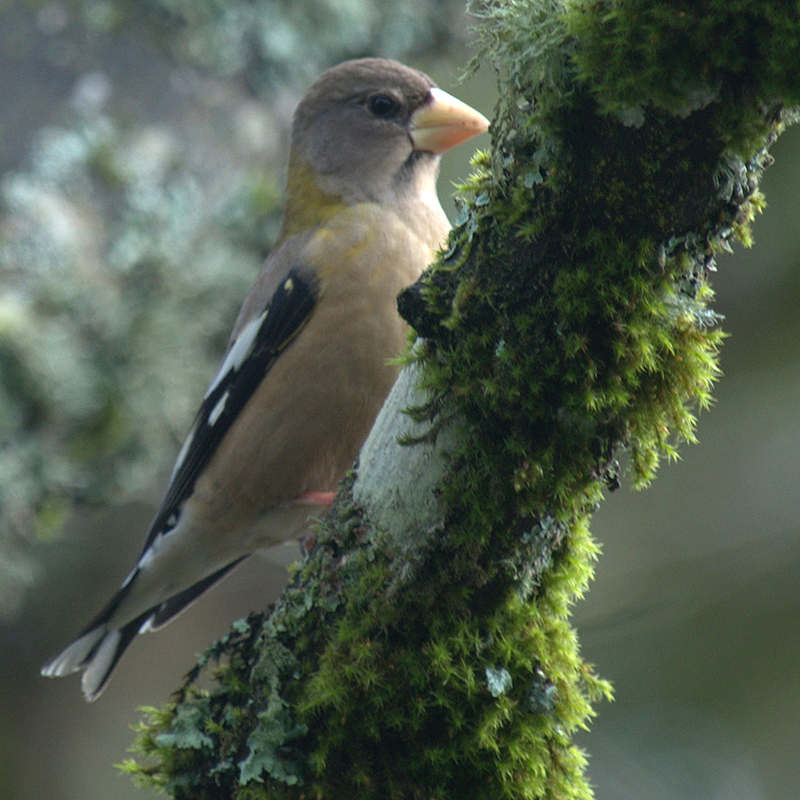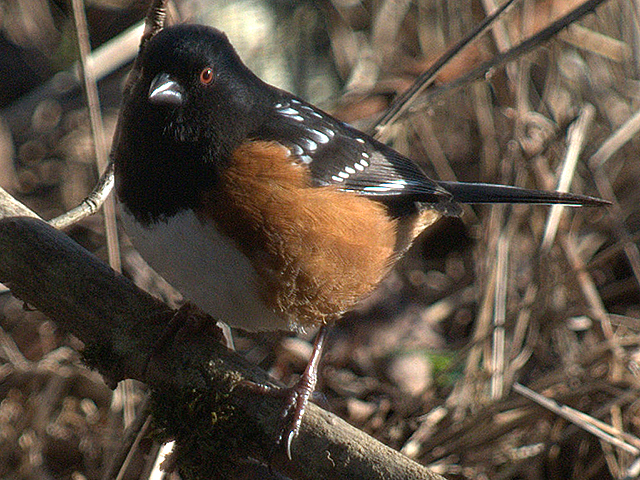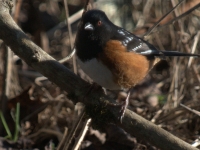Murphy’s Law of Optics states no matter how long the lens on your camera you will need a longer lens to get the picture you want. The law is exemplified in bird photography and in particular when I want to take a picture of a Kingfisher. This bird manages to fly away as soon as I see it. If I just had a longer lens I could get that closeup shot I seek.
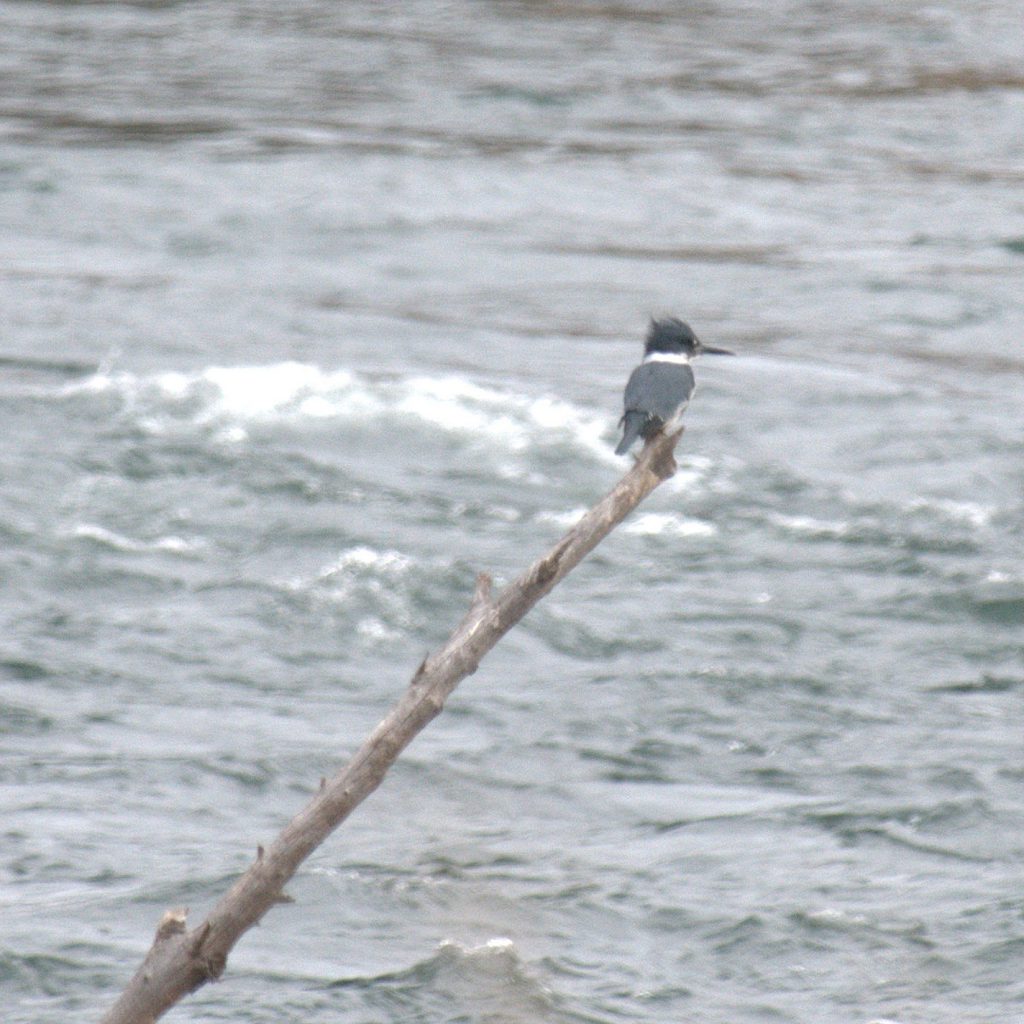
Photograph of a Belted Kingfisher (Ceryle alcyon) taken stream-side of the Deschutes River in Central Oregon February 20, 2012. A moment later the bird flew across the river and nearly out of sight, a mere speck in any photo.
byLarry


